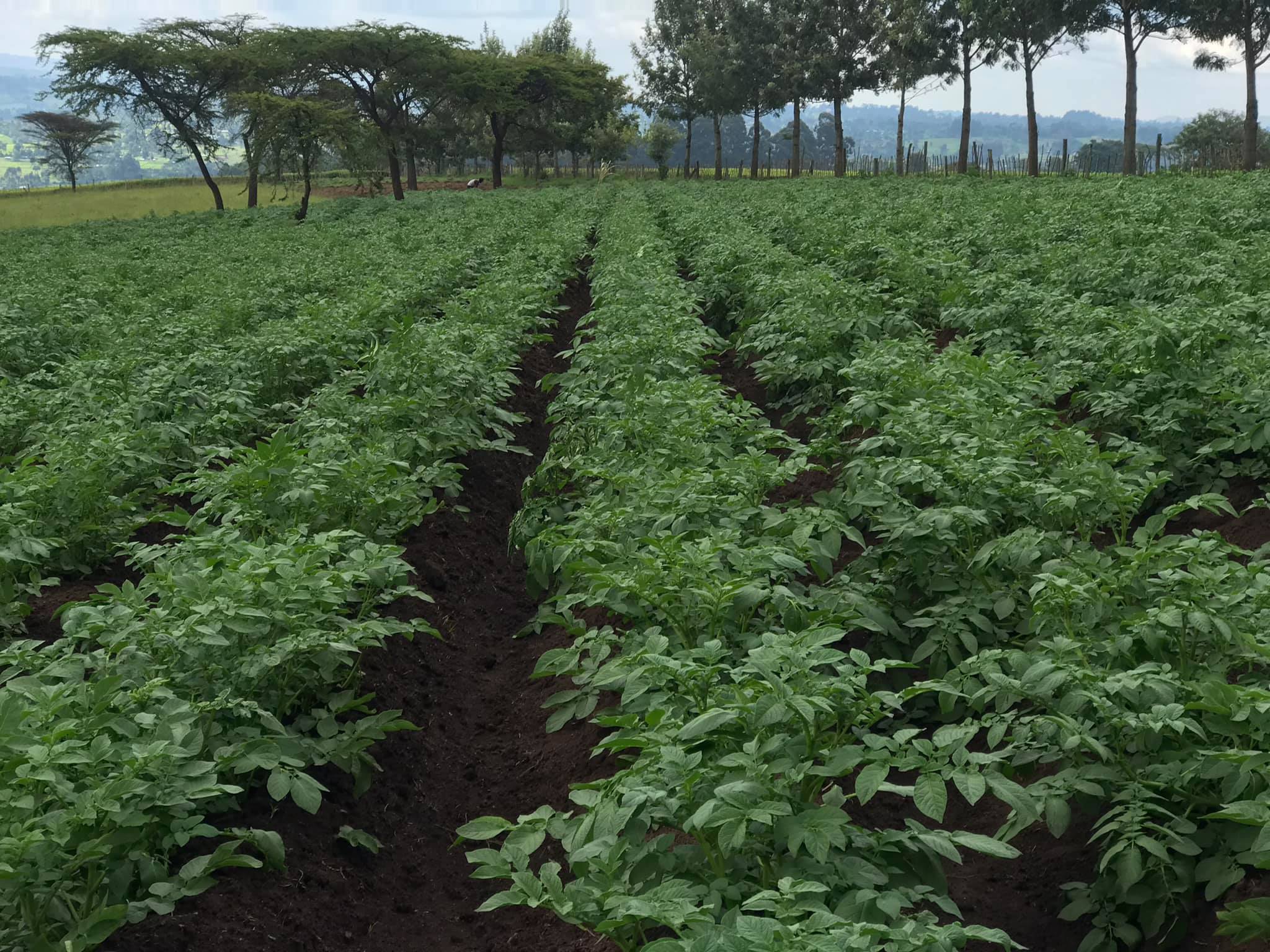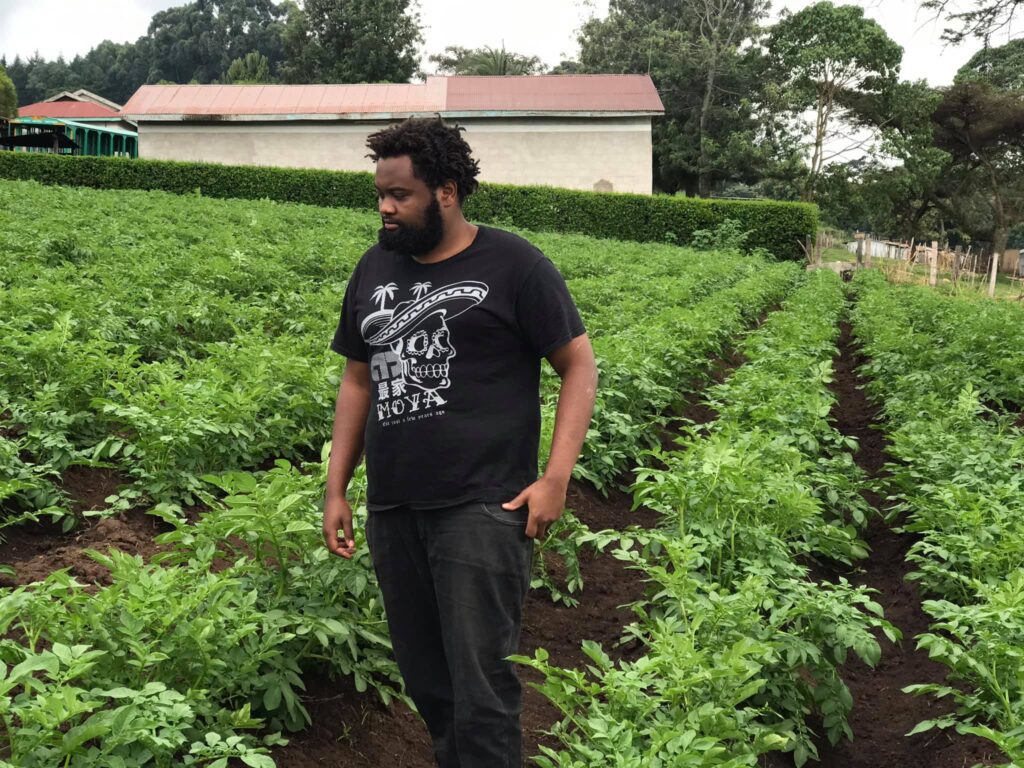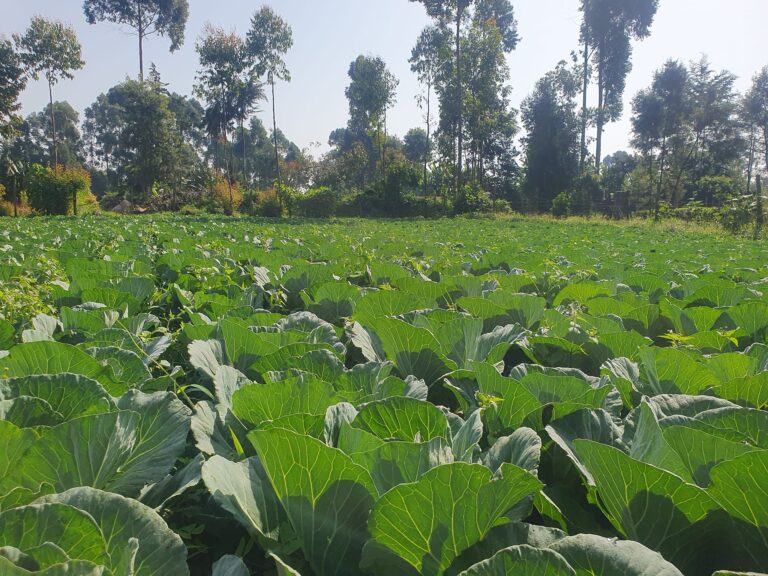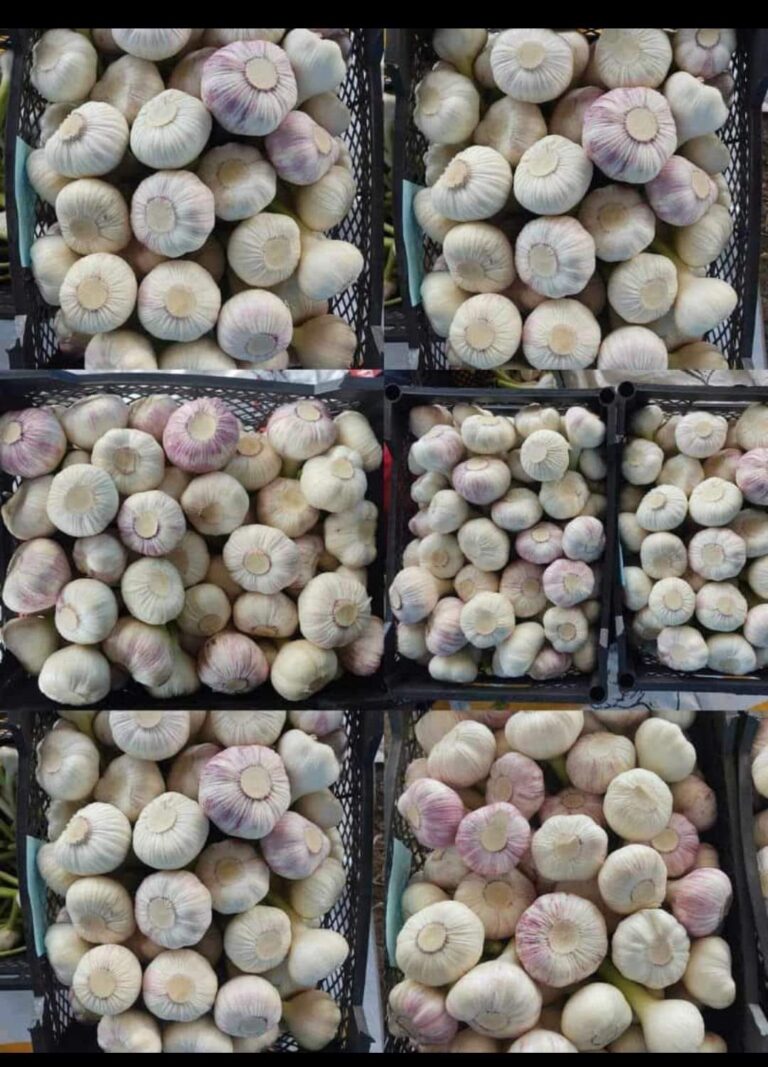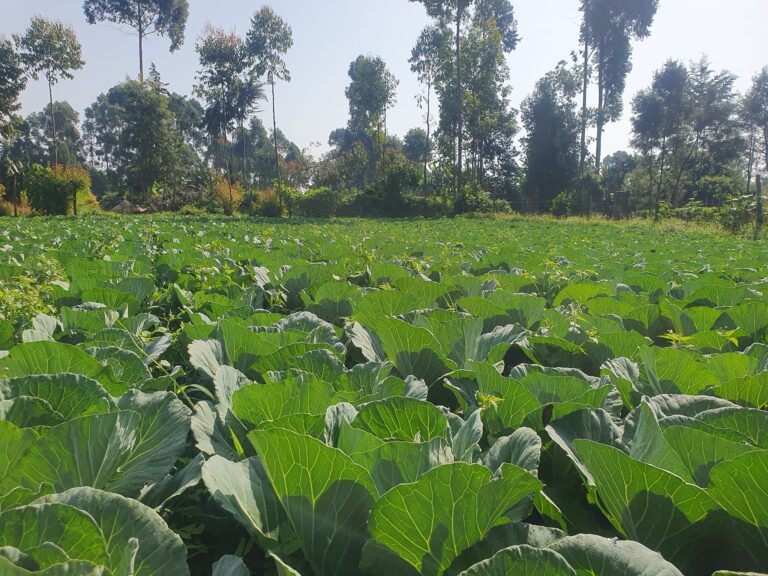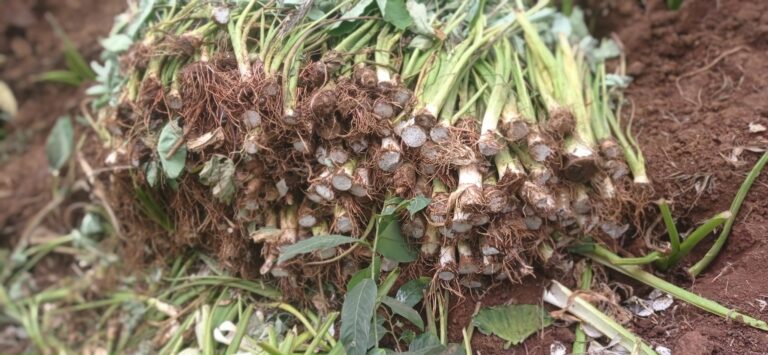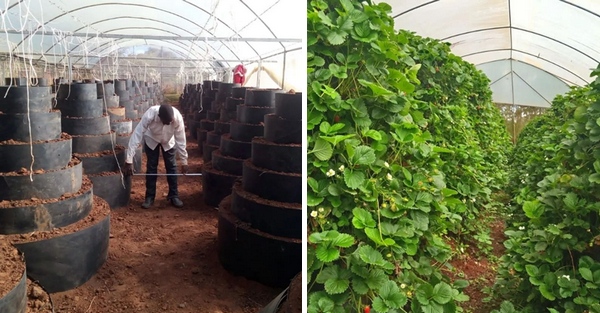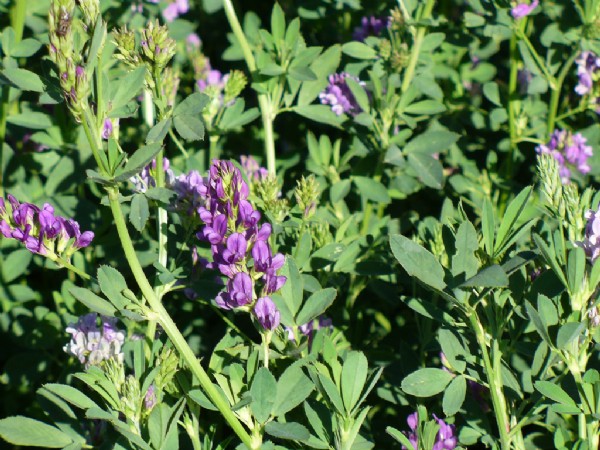Types of Crop Rotation Systems
Crop rotation systems are vital for maintaining agricultural sustainability, soil fertility management, and crop diversity. These systems involve alternating the crops grown in a particular field to break pest cycles, manage soil nutrients, and improve overall soil health.
Different rotation patterns, including cover cropping, nutrient cycling, and field management strategies, are used to achieve these goals
Here are various types of crop rotation systems, their benefits, and their role in sustainable agriculture;
Crop Rotation Systems
Crop rotation systems are classified based on the crops included and the specific goals of the rotation. The following are the main types:
Sequential Crop Rotation
Sequential crop rotation involves a planned sequence of different crops grown in a specific order over consecutive seasons or years. The sequence is designed to optimize nutrient use, disrupt pest and disease cycles, and improve soil structure.
For example, a typical sequence might involve planting nitrogen-fixing legumes followed by cereals, then a cover crop to restore nutrients.
Seasonal planting schedules involve timing crop rotations to align with the seasons. This method maximizes the use of climatic conditions and soil moisture availability. The benefits are:
- Optimized Water Use: Planting according to seasonal rainfall patterns improves water use efficiency.
- Reduced Pest Pressure: Timing rotations can disrupt the life cycles of pests.
- Increased Yield Stability: Aligning with natural growth cycles enhances crop performance. Alternate Crop Rotation
In alternate crop rotation, two different crops are alternated between growing seasons. This system helps maintain soil fertility by varying nutrient demands and reducing pest populations that target specific crops. For instance, alternating between corn and soybeans can break pest cycles and improve overall soil health.
This method is straightforward but can be highly effective. For instance, alternating between corn and soybeans is a common practice in many regions. The benefits include:
- Soil Fertility Management: Each crop has different nutrient requirements, helping balance soil nutrients.
- Pest Control Strategies: Rotating crops helps break pest and disease cycles.
- Yield Stability: It can enhance yield stability by improving soil health.
Complex Crop Rotation
Complex rotations involve three or more crops in a sequence, offering more diverse benefits. An example might include corn, soybeans, and wheat. The advantages are:
- Crop Diversity: Greater crop diversity helps prevent soil depletion and improves resilience.
- Weed Suppression: Different crops compete with weeds in various ways, reducing weed pressure.
- Disease Resistance: Rotating multiple crops reduces the risk of disease buildup in the soil.
Cover Cropping
Cover crop rotation involves integrating cover crops into the rotation cycle. Cover crops like clover, rye, or vetch are grown during off-seasons or between main crops to prevent erosion, suppress weeds, and improve soil fertility through nitrogen fixation.
This system not only protects the soil but also enhances its structure and nutrient content.
Cover cropping involves planting specific crops primarily to cover the soil rather than for harvest. These crops include legumes, grasses, and brassicas. Benefits of cover cropping include:
- Soil Health Improvement: Cover crops add organic matter to the soil, enhancing soil structure.
- Erosion Prevention: These crops protect the soil from erosion by wind and water.
- Nutrient Cycling: They capture and recycle nutrients, making them available for subsequent crops.
Three-field Rotation
Historically significant, the three-field rotation system divides fields into three sections: one for a grain crop like wheat or barley, one for a legume crop like peas or beans, and one left fallow or used for grazing.
This rotation balances nutrient depletion and replenishment over time and was a cornerstone of medieval agriculture in Europe.
Green Manure Cropping
In this system, cash crops (such as wheat, rice, or cotton) are alternated with green manure crops like legumes (peas, beans) or other plants that are grown specifically to be plowed back into the soil to improve fertility.
Green manure rotation helps replenish soil nutrients naturally and reduce the reliance on synthetic fertilizers.
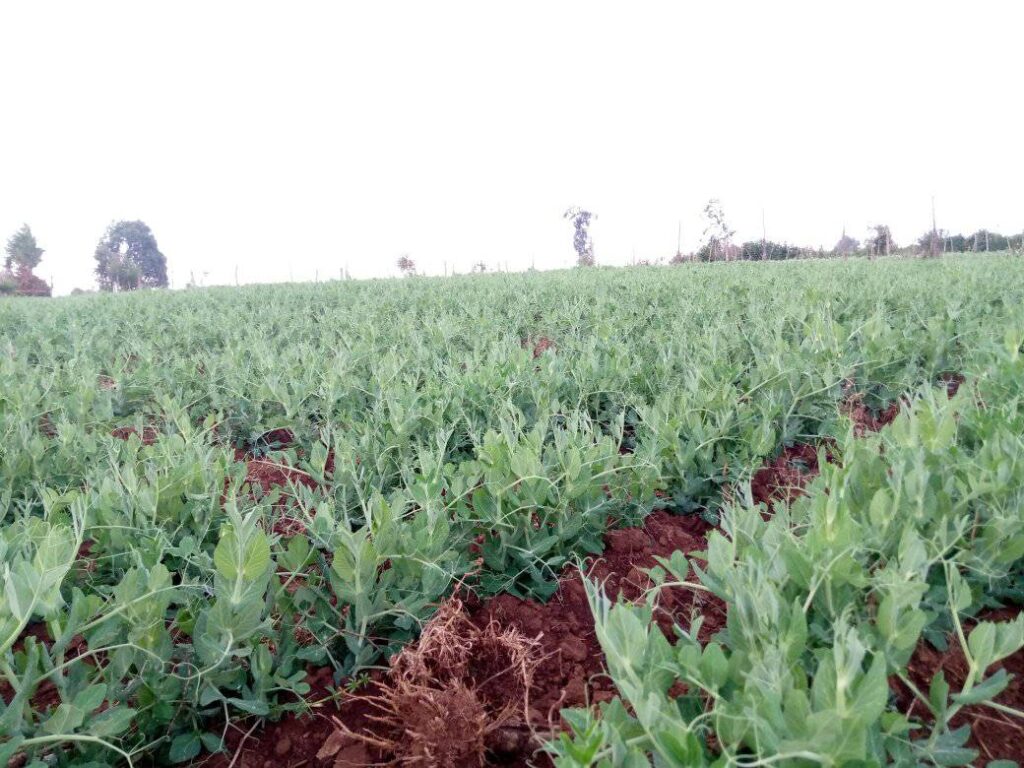
Green manure crops are grown specifically to be incorporated back into the soil. These crops are typically legumes, such as clover or vetch. Benefits include:
- Nitrogen Fixation: Legumes fix atmospheric nitrogen, enriching the soil.
- Microbial Diversity: Decomposing green manure enhances microbial activity.
- Water Retention Methods: Improved soil structure helps retain moisture.
Seasonal Planting Schedules
Examples of Crop Rotation Patterns
| Crop Rotation Type | Crop Sequence | Benefits |
| Simple Rotation | Corn – Soybean | Balances soil nutrients, breaks pest cycles |
| Complex Rotation | Corn – Soybean – Wheat | Enhances diversity, suppresses weeds |
| Cover Cropping | Rye – Clover – Brassica | Improves soil health, prevents erosion |
| Green Manure Cropping | Clover – Vetch – Rye | Enriches soil with nitrogen, retains water |
| Seasonal Planting | Winter Wheat – Summer Corn | Optimizes water use, reduces pest pressure |
Pest Control Strategies in Crop Rotation
Effective pest control is a critical component of crop rotation systems. By alternating crops, farmers can manage pest populations more effectively. Here are some key strategies:
Crop-Specific Pests
Certain pests are specific to particular crops. For example, rootworms primarily affect corn. By rotating corn with a non-host crop like soybeans, rootworm populations are reduced, as they lack a food source.
Disruption of Pest Life Cycles
Many pests have life cycles synchronized with particular crops. Rotating crops can disrupt these cycles, reducing pest survival rates. This method is especially effective for managing soil-borne pests and diseases.
Beneficial Insects
Some crop rotations attract beneficial insects that prey on pests. For instance, planting cover crops like clover can attract predatory insects that help control pest populations.
Soil Fertility Management
Maintaining soil fertility is crucial for sustainable agriculture. Crop rotation systems play a significant role in managing soil nutrients effectively.
Nutrient Requirements
Different crops have varying nutrient requirements. For example, legumes fix nitrogen in the soil, while cereals like corn deplete it. By rotating these crops, farmers can maintain a balance of soil nutrients without relying heavily on chemical fertilizers.
Organic Matter Addition
Cover crops and green manure crops add organic matter to the soil as they decompose. This organic matter improves soil structure, water retention, and microbial activity, all of which contribute to soil fertility.
Reduced Soil Erosion
Cover crops and certain rotation patterns help protect the soil from erosion. For instance, planting grasses or legumes during off-seasons covers the soil and prevents erosion from wind and water.
Crop Diversity and Soil Health Improvement
Crop diversity is a cornerstone of sustainable agriculture. It contributes to soil health improvement, enhances resilience, and supports biodiversity.
Biodiversity
Diverse crop rotations support a wide range of soil organisms. This biodiversity helps break down organic matter, cycle nutrients, and suppress soil-borne diseases.
Resilience to Environmental Stress
A diverse rotation system is more resilient to environmental stresses such as drought, pests, and diseases. Different crops have varying tolerances to these stresses, ensuring that at least some crops perform well under adverse conditions.
Soil Structure Enhancement
Root structures of different crops improve soil structure in various ways. Deep-rooted crops like alfalfa break up compacted soil layers, while shallow-rooted crops like grasses stabilize the soil surface.
Nutrient Cycling and Water Retention Methods
Efficient nutrient cycling and water retention are essential for maintaining soil fertility and ensuring crop productivity.
Nutrient Cycling
Crop rotations that include legumes and cover crops enhance nutrient cycling. Legumes fix nitrogen, making it available for subsequent crops. Cover crops capture residual nutrients and prevent leaching.
Water Retention
Improved soil structure from organic matter addition and diverse root systems enhances water retention. This is particularly important in areas prone to drought or with irregular rainfall patterns.
Reduced Chemical Inputs
By enhancing nutrient cycling and water retention, crop rotations reduce the need for chemical fertilizers and irrigation, promoting more sustainable farming practices.
Techniques for Weed Suppression and Disease Resistance
Weed suppression and disease resistance are critical for maintaining crop health and productivity.
Weed Suppression
Diverse crop rotations and cover cropping can effectively suppress weeds. Cover crops outcompete weeds for light, water, and nutrients, reducing weed pressure on subsequent crops.
Disease Resistance
Rotating crops reduces the buildup of disease-causing pathogens in the soil. This is particularly important for soil-borne diseases that can persist for several years.
Organic Farming Practices and Erosion Prevention Measures
Crop rotation systems are integral to organic farming practices and erosion prevention.
Organic Farming Practices
Organic farming relies on natural methods for soil fertility and pest management. Crop rotations, cover cropping, and green manure cropping are all essential practices in organic farming, reducing the reliance on synthetic inputs.
Erosion Prevention
Cover crops and certain crop rotations protect the soil from erosion. By maintaining soil cover and improving soil structure, these practices prevent soil loss and maintain soil health.
Conclusion
Crop rotation systems are fundamental to sustainable agriculture, enhancing soil fertility, managing pests, and promoting biodiversity.
By understanding and implementing various crop rotation patterns, farmers can achieve long-term soil health and crop productivity.
These systems not only improve agricultural sustainability but also contribute to environmental conservation and resilience.
FAQs
What is crop rotation?
Crop rotation is the practice of alternating different types of crops in the same field across seasons to manage soil fertility, control pests, and improve soil health.
Why is crop rotation important for soil fertility?
Crop rotation helps maintain soil fertility by balancing nutrient uptake and replenishment, reducing the need for chemical fertilizers.
How does crop rotation help in pest control?
Rotating crops disrupts the life cycles of pests and diseases, reducing their populations and minimizing crop damage.
What are cover crops?
Cover crops are plants grown primarily to cover the soil rather than for harvest. They improve soil health, prevent erosion, and enhance nutrient cycling.
Can crop rotation be used in organic farming?
Yes, crop rotation is a key practice in organic farming, helping to maintain soil health and manage pests without synthetic inputs.
What is green manure cropping?
Green manure cropping involves growing crops, typically legumes, to be plowed back into the soil to improve fertility and organic matter content.
